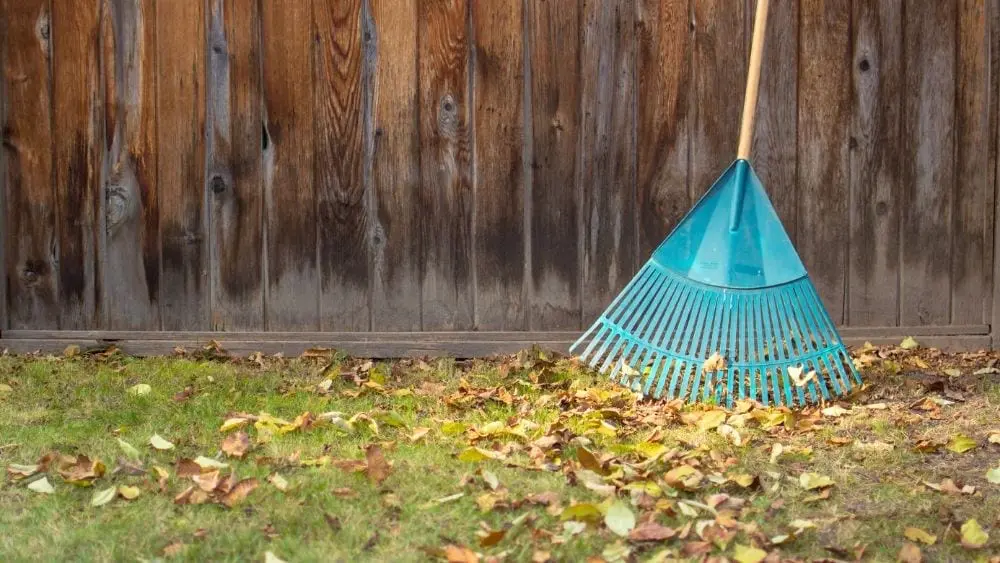
Homeowners across the U.S. are experiencing one of the harshest winters on recent record. While we are bundling up inside, our lawns and outdoor plants are left to weather the elements.
There’s not much we can do about the cold temperatures, but landscape experts say there are steps to take now to help your landscape survive the winter months:
- Cover your trees and shelter your potted plants.
- Expose plants during warm spells.
- Water your lawn, even in the winter.
- Keep a thin layer of leaves.
- Remember that established plants can survive freezes.
Cover Your Plants
When a cold snap is on the way, we know the adage: protect the pipes, plants and pets. But, “wind more than cold is often the culprit for plant issues in the winter,” says Kate Karam, editorial director with national garden experts Monrovia.
She advises moving potted plants to a sheltered location against the house, under the eaves or in a heated garage that protects from both cold and wind.
Have a lot of potted plants? Moving and protecting them can turn into a chilly chore. Ease the effort by selecting a protected location large enough to house all your pots together, says Chad Denman, owner of Forge Outdoor Design landscape architects in Austin, Texas.
“I like to group all my pots under my covered patio. This way I can cover multiple plants with a single sheet on cold nights and the roof provides additional protection. They still get the sunlight they need to survive.” Because Texas temperatures rise and fall through the winter, he can more easily uncover and recover his plants as needed.
In snow-prone regions, building a snow shed over shrubs or a greenhouse with heater gives them protection from cold and wind. Use burlap to wrap in-ground plants, like shrubs and trees, and add an extra helping of mulch.
Avoid Temperature Shock
“What your plants will not appreciate is shock to their system,” says Karam.
In northern snow-prone regions, wait until warmer spring temperatures before uncovering them. That said, if temperatures return to above-freezing even for temporary respites, give your plants a dose of sunshine and fresh air.
Just as they don’t appreciate the shock of cold and wind, plants don’t like to be shocked with heat. “I’ve seen homeowners cover plants with black plastic for a freeze and fail to remove them when our “winter” Texas temperatures rebounded to 70 degrees. The plants went into shock and dropped all their leaves due to the heat build-up under the plastic,” says Denman.
Water During the Winter
Even though most lawns go dormant through the winter, they may still need a dose of water about every 10 days or so. Soil and grass type, slope, sun exposure and the evapotranspiration rate all play a factor in determining how much water your lawn needs, so consult with a local licensed irrigator for advice.
Leverage Mother Nature
Mulching serves as a natural insulation for your plants. While they may be unsightly, fallen leaves in flower beds can provide nutrients when they break down and help to insulate roots.
While a thin layer of leaves can be beneficial, avoid letting leaf layers get too thick. Thick leaf layers can prevent sunlight, airflow and nutrients from reaching your lawn and can hold moisture that stimulates the growth of mold and fungus.
“If you have the room, those extra leaves are best utilized in a compost bin and can be spread back out as beneficial nutrients in the spring and summer,” says Denman.
Trust Your Plants
Despite the country’s record-low temperatures this season, established plants that are native or well-adapted to their region likely will fare just fine. “Mother Nature gave these plants all the tools they need to survive extreme conditions,” Denman says.
If your region does experience extended freeze/thaw cycles or cold snaps — take heart.
“Adding a thick layer of mulch can help keep plants alive until spring when they can be dug up and replanted,” says Karam. “If it’s just a sudden cold snap like many have been enduring, take comfort that if plants are a few years old, were planted correctly, watered well right up until the ground froze, tied up in the fall (such as for roses), not subjected to late pruning and mulched with a few inches of organic material, they may sustain some damage but will probably bounce back.
“If you are really concerned, wrap them in burlap, add dried leaves or straw to the space between the burlap and the plant and hope for the best.”

Freelance writer and marketer Sue Durio has been writing about construction, design and related products for more than 18 years.
 Responsive Houses: What Millennials Want in a New Home
Responsive Houses: What Millennials Want in a New Home